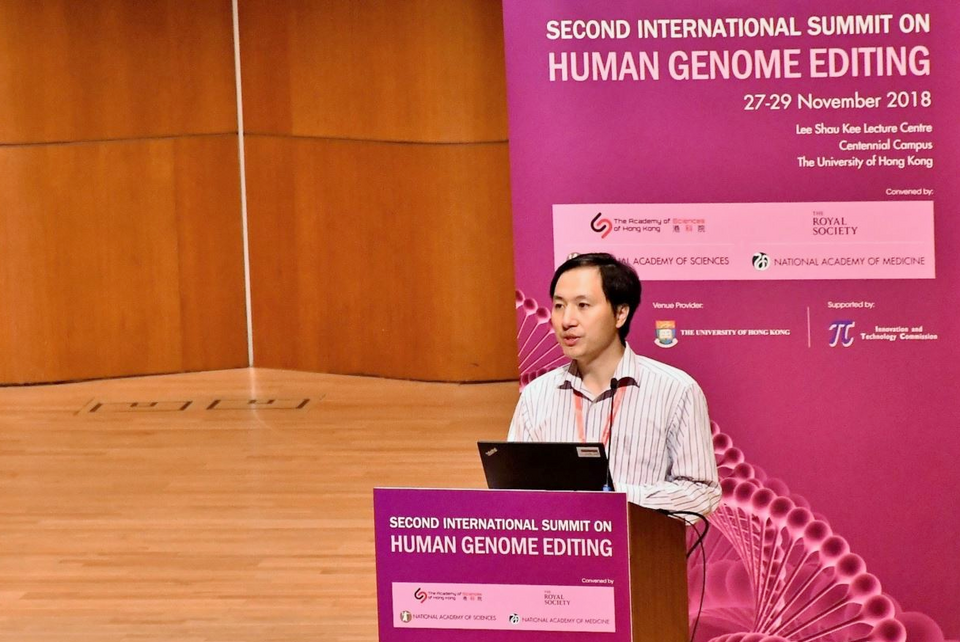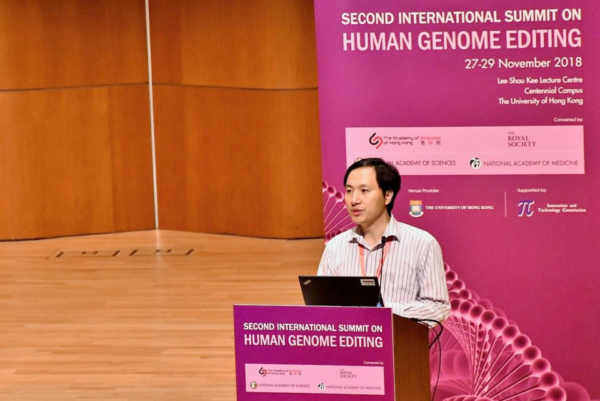Several years after the first CRISPR babies was born, their creator was jailed. Today, three genetically modified individuals live among us, anonymously. Their futures hang in the balance between disease resistance and shortened lifespans.
When I first heard about CRISPR, I didn’t marvel at its brilliance. Instead, I wondered if we had cracked open another Pandora’s box, this time with a pipette.
A Quiet Revolution in a Lab
In 2018, inside a sterile lab at Shenzhen’s most prestigious university, He Jiankui carried out one of the century’s most controversial experiments. With just a few microliters of liquid and a strand of guide RNA, he rewrote a human gene.
No explosions, no headlines, just the quiet click of a pipette. Weeks later, the world learned about the first CRISPR babies born with edited genes to resist HIV.
The reaction was swift. Some saw hope for the future of medicine. Many called it reckless. Months later, Chinese judges sentenced He to prison for “illegal medical practices.” The twins’ identities remain hidden, their health uncertain. Were they healthy? Geneticists have warned that their edits could shorten their lifespans, as reported by Berkeley News, but we may never know.

Why CRISPR Feels Different
CRISPR isn’t locked behind government walls or billion-dollar labs. It’s a gene-editing tool so efficient that graduate students can order the parts online.
At its core, CRISPR works like molecular scissors, cutting DNA at precise points and swapping in new code. That means the same technology that could one day erase genetic diseases could also open the door to “designer” babies, altering traits not for survival, but for preference.
The line between cure and enhancement has never been thinner.
Innovation Without Restraint
CRISPR is just one chapter in a much older story: the story of innovations outrunning our ability to govern them. We split the atom before we could decide if anyone should use it in war. We built the internet long before we understood how it could warp truth itself. We built AI knowing it can steal our jobs.
And now, we are rewiring life’s code before we have agreed on the rules. Science doesn’t wait for us to catch up. Science moves forward whether our moral compass is ready or not. The question isn’t whether we can do these things; history shows we can and will. The question is whether we are prepared for what happens after.
The pursuit of science has always walked a tightrope between salvation and catastrophe. To abandon it entirely would be to deny the very curiosity that makes us human. But to let it run without restraint is to gamble with fires we can’t put out. Maybe the answer lies in neither blind acceleration nor absolute prohibition, but in something more abstract: the discipline to pause, to question, and sometimes to say no.
Because once the box is open, no amount of mortal punishment will close it again.

